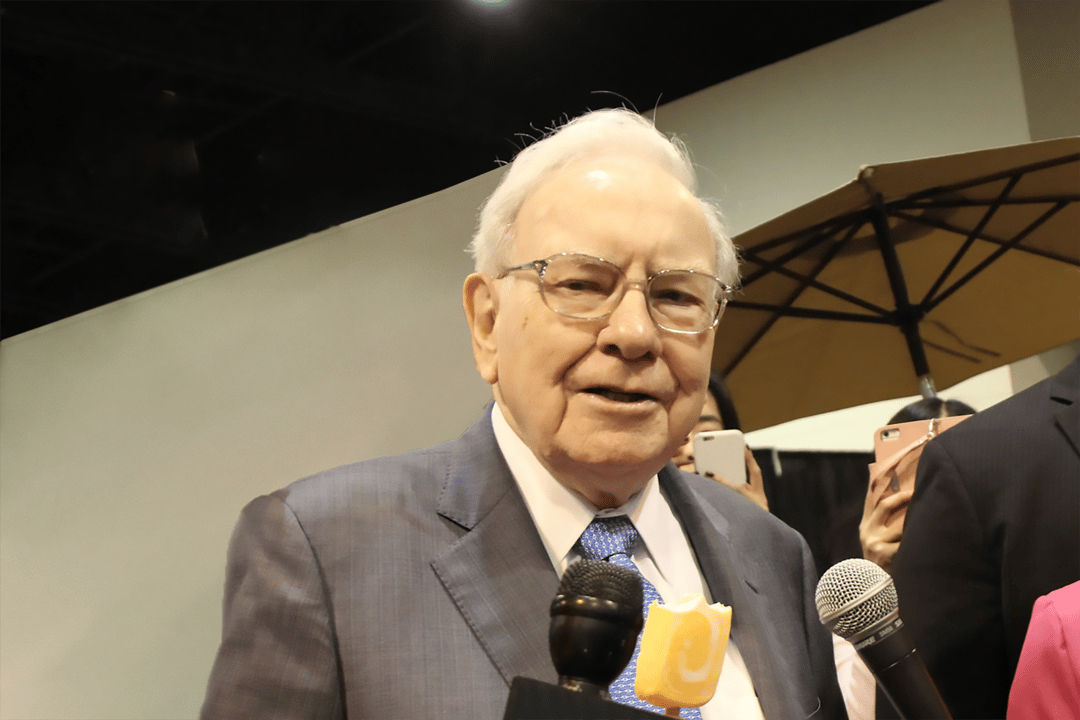Almost Half of Warren Buffett-led Berkshire Hathaway’s $365 Billion Portfolio Is Invested in Only 1 Stock::This tech giant has made for a wonderful investment in recent years.
I used to work as a financial analyst on Wall Street, and even after I changed careers I invested on my own, roughly following Buffet’s strategy. My annual returns averaged 22%, but given the little starting capital ($2000), I cashed out with just enough for a large downpayment on my house.
Anyway, just a very short primer on how Buffet is investing. He’s a student of Benjamin Graham who wrote the highly influential The Intelligent Investor. There, Graham outlined the most basic fundamental strategy: buy stock in companies where market cap is below book value and hold long-term, until stock catches up. Obviously, that’s hardly feasible in today’s markets, but there are still stocks that you won’t realize they are undervalued until you research the shit out of the companies. Not stocks, but companies. The former, technical investing, has been in vogue since at least the 90s, while the latter is the old school fundamental approach of actually calculating the stock’s underlying value and its growth potential.
Where it all comes together is portfolio building. The conventional theory is to have around 30 stocks to minimize volatility. Buffet’s approach is to maximize upward potential by having fewer stocks (around 10), while minimizing risks by researching and fully understanding companies he invests in. This ranges from understanding financials and operations to analizing the company’s management. Buffet is known for keeping the management of an acquired company in place and not interfering with their decisions because he wouldn’t invest into a company where he wouldn’t trust the management in the first place.
Of course, I didn’t have the means for investing enough to have any influence on the company or market, so I had to really dig into the fundamentals and hope the market would eventually realize the value of the company. It worked for me, as long as I stuck to companies whose business model I could understand. So, I missed loads of winners from the tech sector, but I’ve had a steady above-market return, and that was good enough for me. I followed the advice from the book On Investing by John Neff, which I can fully recommend, if it’s still in print.
For everyone else without all that time, just invest in an index fund and go. Vtwax and chill with the bogleheads




